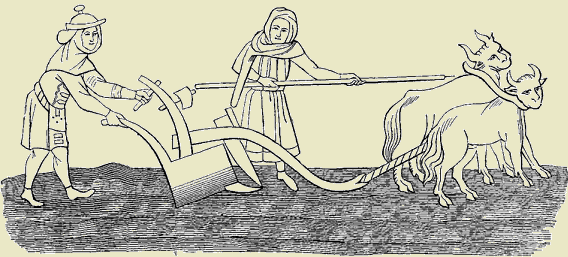A wapentake is an Anglo-Saxon administrative unit once used in the English counties of Lincoln, Nottingham, Derby and Leicester, and in the North and West Ridings of Yorkshire. It first appears in 962, in a document in which King Edgar refers to the buying and selling of goods “in a borough or wapentake”.[1]
The name derives from the old Norse vápnatak, which denoted the symbolic flourishing of weapons at a public assembly to signify agreement.[1] In Lincoln, Nottingham and Derby, each wapentake was divided into twelve carucates,[2] also known as oxgang
Old measurement of land. eight oxgangs equals one carucate or ploughland. One oxgang is the area that could be ploughed by a team of eight oxen in one year.s, an area of land that could be ploughed by a team of eight oxen in one year. Although the precise area would vary owing to the quality of the land, it is generally considered to have been about 120 acres (49 ha),[3] making a wapentake about 1440 acres (6 km2).
